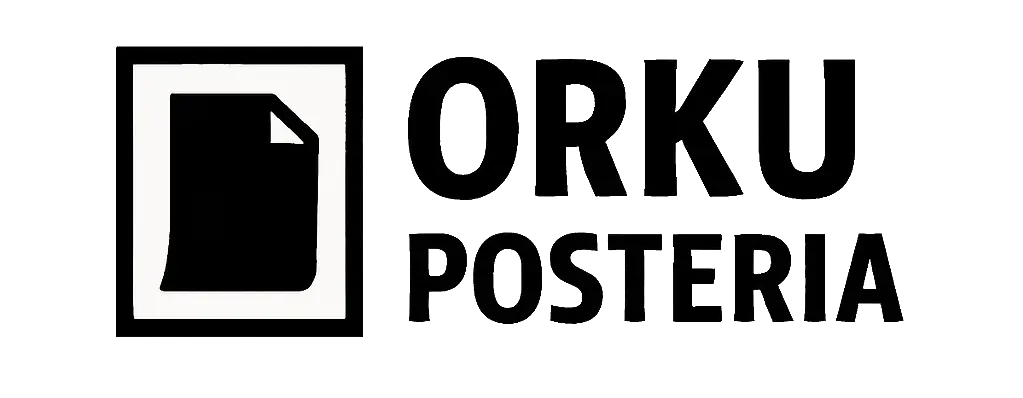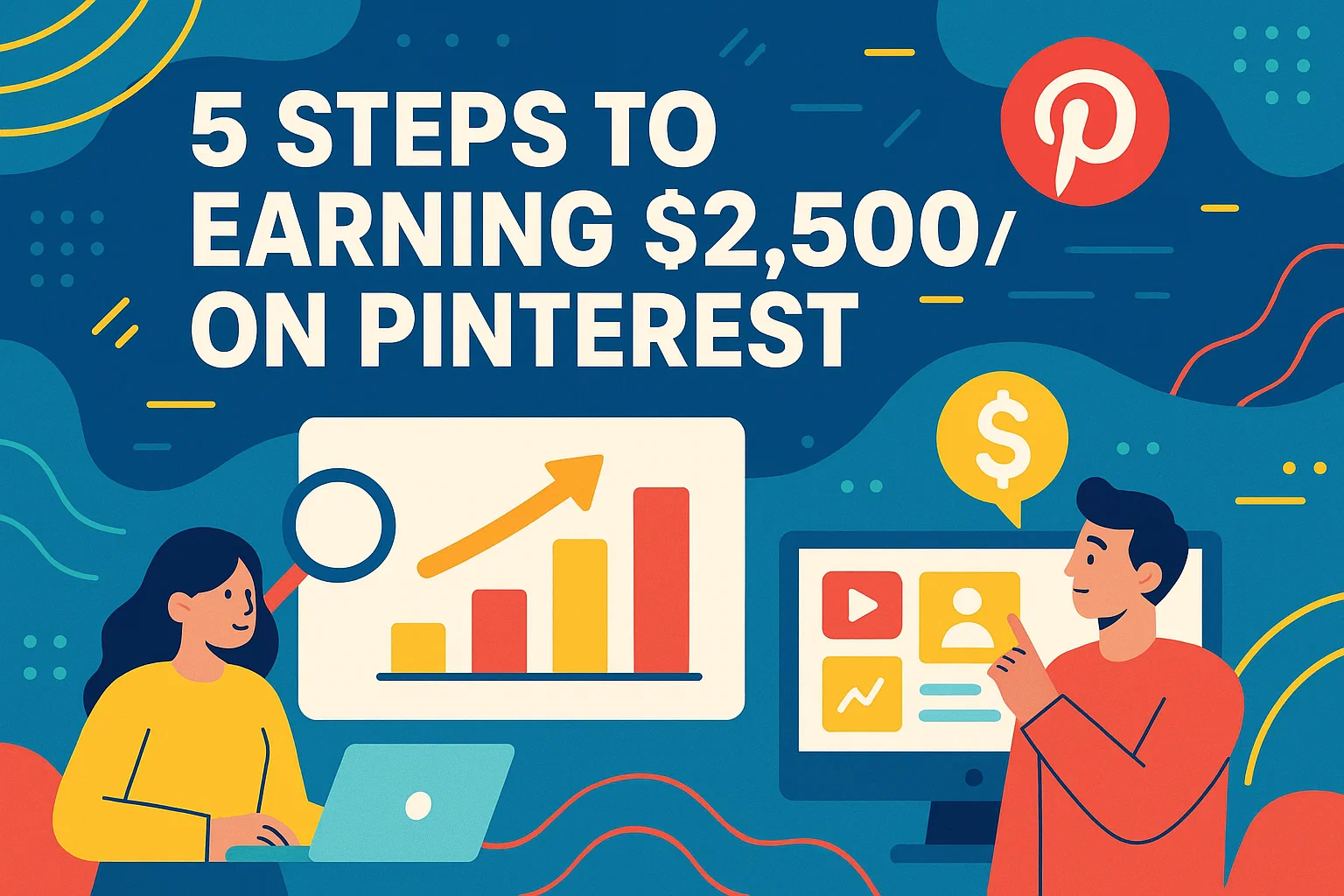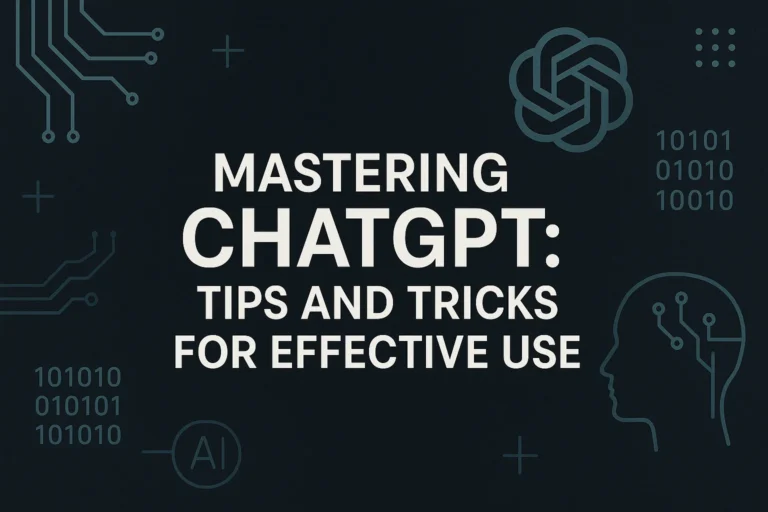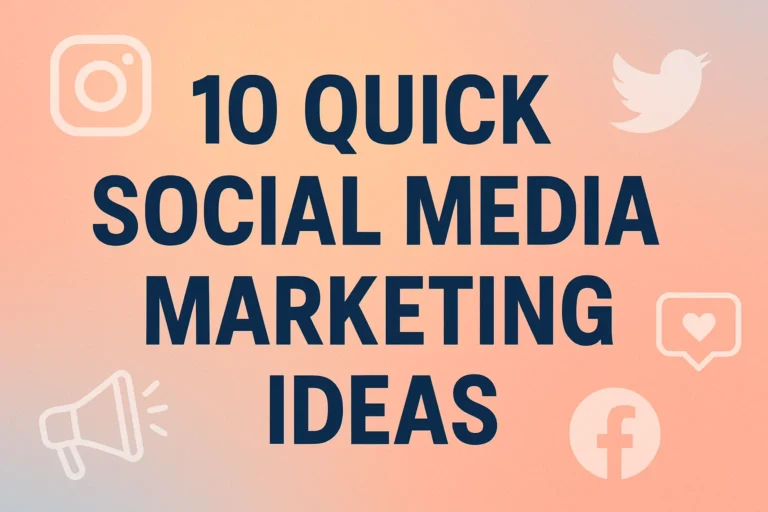5 Steps to Boost Your Marketing Skills and Earn 2,500Month on Pinterest
Alright, let’s cut through the noise. You’re here because you’ve seen those “gurus” flaunting their Pinterest earnings and thought, “Is that even real?” Or maybe you’re just tired of treating Pinterest like a digital vision board for your dream kitchen and ready to turn it into an actual revenue stream.
I get it. I was there too, scrolling endlessly, feeling that mix of inspiration and “how on earth do I get a piece of that pie?” Well, good news: it’s not magic. It’s marketing. And the even better news? You can absolutely learn it. I went from posting pretty pictures to generating a consistent $2,500+ a month. And no, you don’t need a million followers or a huge budget.
This isn’t a get-rich-quick scheme; it’s a get-skilled-and-get-paid blueprint. We’re going to break down the five core marketing skills you need to master. Let’s transform your profile from a hobby into a business.
Step 1: Niche Down Like Your Income Depends On It (Because It Does)
The biggest mistake I see? People try to talk to everyone. Your Pinterest account isn’t a party for the whole world; it’s an exclusive VIP event for your ideal client or customer. You need to be ruthlessly specific.
Who are you trying to attract?
Think beyond vague ideas. Get hyper-specific. Instead of “people who like to travel,” think “solo female travelers in their 30s looking for budget-friendly eco-tourism in Southeast Asia.” Instead of “home bakers,” think “busy moms who want to make elaborate birthday cakes for their kids.”
This isn’t about limiting yourself; it’s about magnetic attraction. When you speak directly to one person’s very specific problems and desires, they feel seen. They click. They follow. They buy.
How to Find Your Golden Niche:
* Passion + Profit: What could you talk about for hours that also has products or services attached to it? (e.g., sustainable living has eco-friendly products, meal planning has digital cookbooks).
* Solve a Problem: What specific, nagging problem can you help solve? Pinterest is a search engine at its heart—people type their problems into that search bar every second of the day.
* Check the Competition: Do a quick search. Is there already a community? Good! That means there’s an audience. Your job isn’t to be the first; it’s to be the best or most unique.
Your entire content strategy flows from this decision. Get this right, and everything else becomes a thousand times easier.
Step 2: Master the Art of the Pin (This is Where the Magic Happens)
Forget everything you thought you knew about Pinterest content. This isn’t Instagram. Aesthetics are important, but they’re not the whole story. Your pin is a billboard designed for one job: to get a click. Everything else is secondary.
Design Pins That SCREAM “Click Me!”
* Vertical is Vital: Use a 2:3 aspect ratio. I swear by 1000 x 1500 pixels. It takes up more real estate on mobile screens, which is where most users are.
* Text Overlay is Non-Negotiable: What’s in it for them? Your image might be gorgeous, but you must tell them why they should care. Use clear, bold text to state the benefit or solution. “5 Minute Vegan Desserts” or “The Laundry Routine That Actually Works.”
* Brand Your Stuff: Use consistent fonts, colors, and a subtle logo. When people see your pin style again, they’ll recognize it and be more likely to engage. It builds trust.
Write Copy That Converts
The description isn’t for poetry; it’s for keywords and a compelling reason to click. Your first 50 characters are critical—they show up in the feed before the “see more” link.
- Keyword Rich: Naturally include the terms your ideal searcher would use. If your pin is about “easy gluten-free banana bread,” use those words!
- Call to Action (CTA): Tell people exactly what to do. “Click to get the free recipe,” “Save this pin for later,” “Learn more on the blog.” It seems obvious, but you’d be shocked how many people forget this simple step.
Ever wondered why some pins blow up and others flop? 99% of the time, it’s because they nailed this combination of eye-catching design and benefit-driven copy.
Step 3: Become a SEO Wizard (Without the Pointy Hat)
If the pin design is the flashy sports car, then SEO is the engine. Without it, you’re not going anywhere. Pinterest is a visual search engine, not a social media platform. IMO, this is the most important marketing skill you can learn here.
Your SEO Toolkit:
* Keyword Research: Before you even make a pin, know what people are searching for. Use the Pinterest search bar itself! Start typing your topic and see what auto-populates. Those are gold.
* Strategic Keyword Placement: Sprinkle your primary keyword in these four places:
1. Pin Title: Make it clear and descriptive.
2. Pin Description: Write a natural sentence around your keyword.
3. Image File Name: Before you upload your pin graphic, rename the file from IMG_3045.jpg to easy-gluten-free-banana-bread-recipe.jpg. Seriously, do this.
4. Board Titles: Pin your content to boards with clear, keyword-rich titles (e.g., “Gluten-Free Recipes” not “Yummy Food”).
This isn’t about stuffing keywords awkwardly. It’s about clearly signaling to Pinterest’s algorithm exactly what your pin is about and who should see it. Get this right, and Pinterest will do the promoting for you for months, even years, to come. FYI, that’s called evergreen content, and it’s a beautiful thing 🙂
Step 4: Build a Traffic-Driving Machine (Aka Your Profile)
Your profile is your homepage. It’s your digital storefront. If someone likes your pin and clicks through to see who you are, what will they find? A messy, confusing profile? Or a clear, professional destination that makes them want to see more?
Optimize Your Bio:
You have有限的 characters. Make them count.
* Name Field: Use your primary keyword here! “Jane Doe | Gluten-Free Recipes” This is searchable.
* Bio: Clearly state who you help and how. “I help busy moms create delicious gluten-free meals their whole family will love. Click for easy recipes & weekly meal plans!”
* Link: This is your goal! Link to your blog, your Etsy shop, your landing page, your LinkedIn—wherever you make money. Use a link-in-bio tool like Linktree or Beacons if you have multiple places to send people.
Organize With Boards:
Create boards with keyword-focused titles and descriptions. This organizes your content for your visitors and gives Pinterest more context about your expertise. A well-structured profile looks authoritative and keeps people engaged longer.
Step 5: Analyze, Adapt, and Pivot Like a Pro
You can’t improve what you don’t measure. Guessing what’s working is a fast track to burnout. The analytics tab in your Pinterest business account is your new best friend. Get cozy with it.
What to Look At Each Week:
* Impressions: How many people saw your pin?
* Link Clicks: How many people actually clicked through to your website? This is your most important metric.
* Save Rate: How many people saved it for later? A high save rate tells Pinterest your content is valuable, so they show it to more people.
The “Pivot” Part:
See a pin with a crazy high save rate but low clicks? Maybe the design is great, but the CTA is weak. Make a new version with a stronger “Click here” message.
See a pin with high clicks but no saves? The offer was compelling, but the design might not be “save-worthy.” Tweak it.
This process of creating, measuring, and tweaking is the absolute core of modern marketing. It removes the guesswork and lets the data guide you to what your audience truly wants.
Your $2,500/Month Action Plan
So, how do these skills actually translate to money? Here’s the game plan:
-
Drive Traffic to a Money-Making Asset: Your pins should link to a place where you can make money. This could be:
- A blog with display ads (like Google AdSense) and affiliate marketing.
- An online store (Etsy, Shopify, etc.).
- A landing page for your freelance services (e.g., virtual assistant, design work).
- A lead magnet to build your email list, which you can later sell to.
-
Be Consistent, Not Constant: You don’t need to pin 50 times a day. I’d rather you create 3-5 killer, well-optimized pins per week than 50 mediocre ones. Consistency tells the algorithm you’re an active, reliable source of content.
-
Play the Long Game: Pinterest traffic is cumulative. A pin you create today might start getting traction in three months and become a top referrer of traffic in six months. Trust the process. The work you put in now will pay dividends for years.
You’ve got this. Stop scrolling and start strategizing. Pin by pin, you’re building a asset that works for you 24/7. Now go show that search engine who’s boss 😉



